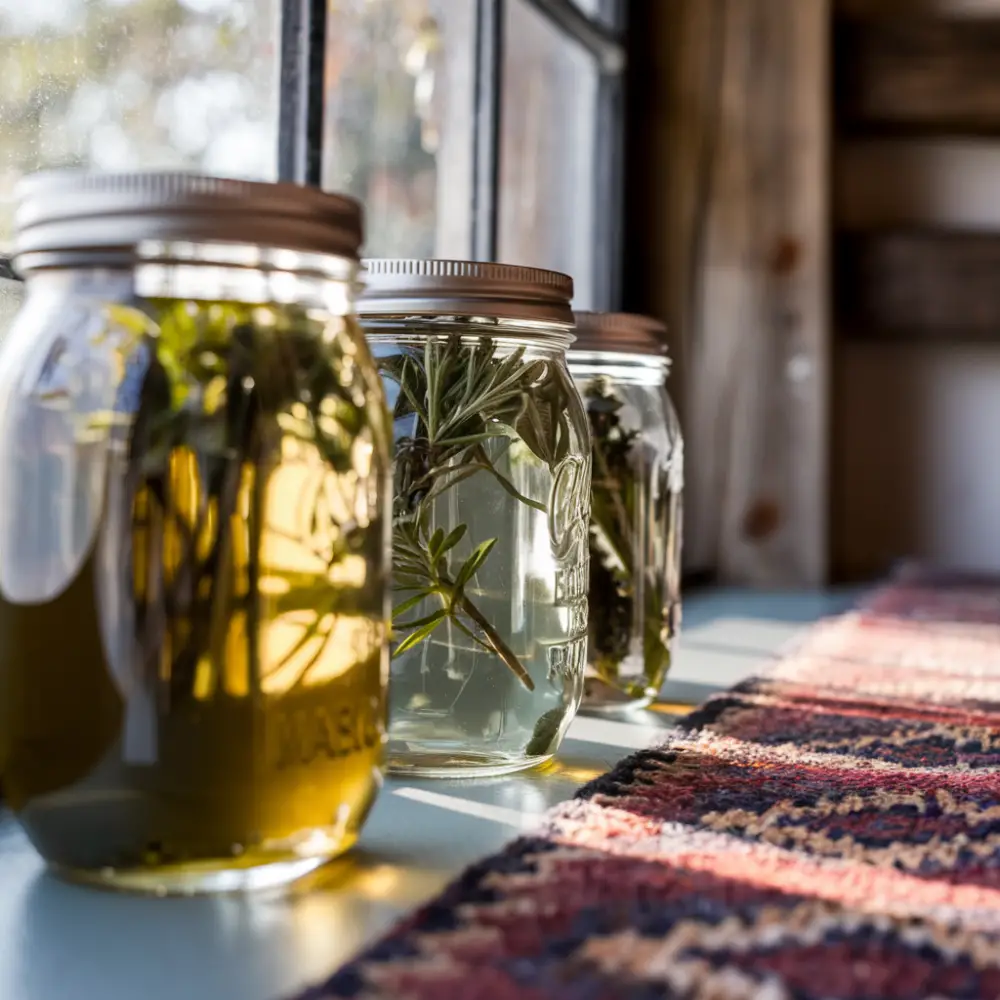Your skin tells a story. Every scar, every wrinkle, every sunspot—it’s all part of the narrative. But what if you could rewrite that story? Not with chemicals or quick fixes, but with something timeless, something natural. Plants.
For centuries, plants have been quietly doing their work. Healing. Protecting. Restoring. And now, science is catching up to what ancient wisdom already knew: plants are powerful. They fight inflammation, heal wounds, protect against sun damage, and even slow down aging. They don’t just treat your skin—they nurture it.
Recent research confirms what traditional healers have known for centuries: plants offer powerful solutions for skin health. From treating inflammatory conditions to protecting against UV damage, botanical extracts are moving from alternative remedies to scientifically-backed treatments.
The Science Behind Plant Power
Botanical extracts work through multiple mechanisms:
- Anti-inflammatory properties help manage conditions like psoriasis, atopic dermatitis, and acne
- Antioxidant effects protect against UV damage and slow aging
- Antimicrobial actions fight skin infections
- Regenerative capabilities promote wound healing
Most Promising Botanical Treatments
For Acne
Mahonia, tea tree oil, and Saccharomyces show potential to become standard treatments, offering alternatives to harsh chemicals.

For Inflammatory Skin Conditions
Hypericum (St. John’s Wort), Glycyrrhiza (licorice), and certain Chinese medicines demonstrate effectiveness for atopic dermatitis, while Mahonia and Capsicum (capsaicin) show promise for psoriasis.
Also what you might not have guessed? Chili Peppers!
Capsaicin (the compound that makes chili peppers spicy) is emerging as a potential treatment. While it might seem counterintuitive to use something spicy on inflamed skin, studies show that capsaicin can reduce psoriasis symptoms by blocking nerve signals that trigger pain and inflammation.
Capsaicin works by depleting “Substance P,” a neuropeptide involved in pain and inflammation, making it a natural alternative to corticosteroids and other anti-inflammatory treatments. In clinical trials, capsaicin-based creams have been shown to reduce redness, scaling, and itchiness associated with psoriasis.
Here’s the thing: you don’t need a lab or a fancy product to tap into this power. You can grow it. Right in your backyard:
- Aloe vera for burns and hydration.
- Calendula for soothing inflammation.
- Glycyrrhiza (licorice) for dermatitis
- Mahonia and psoriasis and eczema
- Chili Pepper (capsaicin) for psoriasis
- St. John’s Wort for dermatitis.
- Raspberry for UV protection.
These aren’t just plants—they’re your personal skin care arsenal.

DIY Botanical Extract Basics
And making your own extracts? It’s simpler than you think. Boil water, steep some herbs, and you’ve got an infusion. Add oil, let it sit in the sun, and you’ve got a healing balm. Mix herbs with vodka, wait a few weeks, and you’ve got a tincture. It’s not just DIY—it’s empowerment. It’s taking control of your skin’s story.
Water-Based Extracts (Infusions)
- Harvest plant material in the morning after dew has dried
- Use 1 ounce dried herbs or 2 ounces fresh herbs per pint of water
- Pour boiling water over herbs in a glass jar
- Cover and steep for 20-30 minutes (flowers/leaves) or 1-2 hours (roots/bark)
- Strain through cheesecloth or fine mesh
- Store in refrigerator for up to 3 days
Oil-Based Extracts
- Fill a clean glass jar halfway with dried herbs
- Cover completely with carrier oil (olive, jojoba, or almond)
- Seal jar and place in a sunny window for 2-4 weeks, shaking daily
- Strain through cheesecloth
- Store in dark bottles away from heat and light for up to 1 year
Alcohol-Based Extracts (Tinctures)
- Fill a jar 2/3 full with fresh herbs or 1/2 full with dried herbs
- Cover with 80-proof vodka, leaving 1/4 inch headspace
- Seal and store in a cool, dark place for 4-6 weeks, shaking daily
- Strain through cheesecloth
- Store in dark dropper bottles for up to 3 years

Safety First
But here’s the catch: not every plant is perfect for everyone. Test it. Start small. Listen to your skin. Because the goal isn’t just to look good—it’s to feel good, to know that what you’re putting on your skin is as natural as the story you’re trying to tell.
Some people experience mild burning or tingling when first applying capsaicin creams and tinctures. If you’re trying it for psoriasis, start with a low concentration (0.025%) and increase gradually. Over time, your skin adjusts, and the relief can be long-lasting without the side effects of traditional treatments.
Always perform a patch test before applying any homemade extract to your face. Start with diluted preparations and discontinue use if irritation occurs. Certain plants may cause sensitization or photodermatitis in some individuals.
The future of botanical skin care looks promising as research advances. While more clinical studies are needed, growing evidence suggests these natural remedies will play an increasingly important role in dermatology.
The future of skin care isn’t in a bottle. It’s in your garden. It’s in your hands. It’s in the choice to go back to what’s real, what’s simple, what works. So, what story will your skin tell next?

